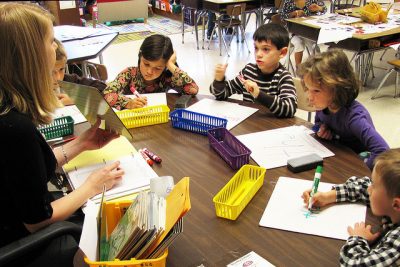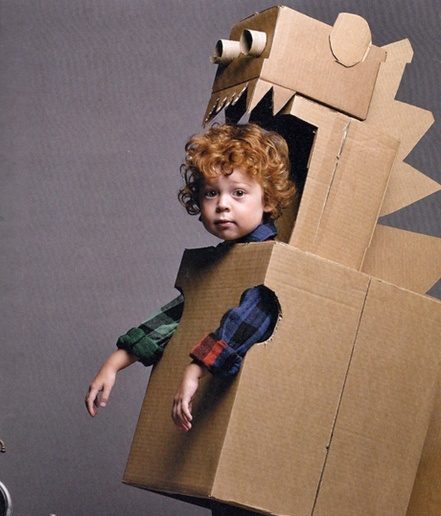Studies show that class size is linked to academic performance. Researchers Spyros Konstantopoulos and Vicki Chung: “Class size reduction appears to be an intervention that increases the achievement levels for all students while simultaneously reducing the achievement gap.” Their findings show that low teacher-student ratios have beneficial effects on academic performance throughout a student’s school career.
The study also found that when class size was reduced, students who were struggling the most got the biggest benefits. The National Education Association (NEA) recommends an ideal class size of 15, but with dwindling education budgets this is an unattainable ratio for most school boards.
The Facts
The Tennessee STAR class size reduction program discovered students in small classes performed better in math and reading tests by the end of kindergarten. They also displayed better behavioral patterns and were better at socializing.
Wisconsin’s SAGE class size reduction program, targeted at low-income schools, found students outperformed their peers with higher student-teacher ratios.
David Zyngier’s 2014 study found overwhelming evidence that small classes reduced the achievement gap.
A 2011 study by Dynarski, Hyman and Schanzenbach: “The study concludes that attending a small class increases the rate of college attendance, with the largest positive impact on black and poor students. Among those students with the lowest predicted probability of attending college, a small class increased rate of college attendance by 11 percentage points. Attending a small class also increases the probability of earning a college degree, and to shift students toward earning degrees in high-earning fields such as science, technology, engineering and mathematics (STEM), business and economics.”
What can you do?
You can opt for private education and select a school where the teacher-student ratio is more favorable. But for most parents, private education is beyond their budget. There is much you can do to effect change within the school system and help your student to achieve despite large class sizes.
Support the National Education Association lobby to reduce class sizes: You can follow their link here to take action and become a cyber-lobbyist for change and education reform.
Volunteer: Help out with class activities and field trips. This not only gives the teacher some much-needed relief, but it also means you get to see what happens in the classroom. Volunteering helps to build a positive relationship between teachers and parents and creates a community of learning.
Get a tutor: If smaller class ratios have such a positive effect on learning, imagine what personalized, one-on-one tutoring can do for your student. Tutor Doctor in-home and online tutors not only teach to your child’s learning style, they also work to the Academic Game Plan which teaches organizational skills, time management, study skills and task prioritization so that they have the skills they need to succeed at academics and in life.


